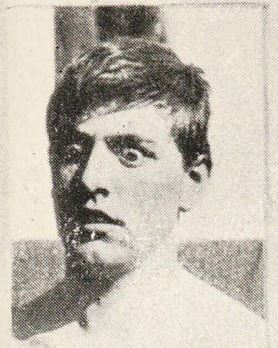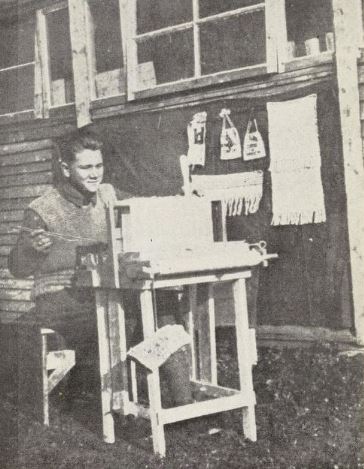Physicians' Gallery Newsletter
Updates on upcoming events, exhibitions and online stories
Empowering medical excellence, shaping healthcare futures.

Soon after the beginning of WWI, military doctors noticed that soldiers started to show neurological symptoms like dizziness, tremor, tinnitus, amnesia, weakness and headache. In most of these cases, there was no obvious physical injury. This condition became known as ‘shellshock’ or ‘war neurosis’. Some doctors believed it was caused by hidden brain injuries or carbon monoxide poisoning, while others accused the affected soldiers of malingering.
The patient pictured here is described as suffering from severe hyperadrenalism and hyperthyroidism ‘resulting from prolonged terror’.
The first edition of this book came out in 1917. The book is a record of Major Hurst’s own experiences dealing with shell-shocked soldiers in WWI. He described his observations:
“The largest proportion of functional nervous disorders are due to the effects produced by high-explosive shells, whilst others result from the long continued physical and mental strain caused by active service; a single experience of exceptional horror is often sufficient, such as seeing a friend killed whilst talking to him, or being in a trench subjected to the prolonged and continuous shelling. A horrible sight may be completely obliterated from the memory only to return in dreams, or it might be voluntarily repressed by the patient, who is unwilling to talk about it and becomes emotional when he does so.”
It soon became obvious that special hospitals are needed to cope with the high number of affected soldiers. Military doctors with experience in treating war neurosis recognised the value of occupation therapy:
‘Second in importance only to the general psychological control of the situation in functional nervous diseases is the restoration of the lost impaired functions by re-education. None of the methods available are so valuable in the war neuroses as those in which useful occupation is employed as the means of training.’

The image shows a patient weaving as part of his rehabilitation.
This is a 1918 military medical manual showing numerous cases of functional nervous diseases. The treatments included massage, rest, dietary regimes and electrical treatment. Psychotherapy and ‘talking cures’ were also increasingly used. In WWII, from 1942, Exhaustion Centres were set up, in addition to policies such as limiting the amount of time soldiers spent in combat. Drugs like insulin, antidepressants and tranquillisers were also used.
The term ‘shellshock’ was banned as a medical term by 1917. It was not accurate enough as many cases of war neurosis developed in soldiers who were not directly exposed to shelling. It was also feared that too many soldiers would use it as an excuse to get out of trenches.
The meaning of shellshock in today’s everyday use is ‘suffering the effects of a disturbing emotional experience and feeling unusually high levels of emotional and physical fatigue.’

Updates on upcoming events, exhibitions and online stories